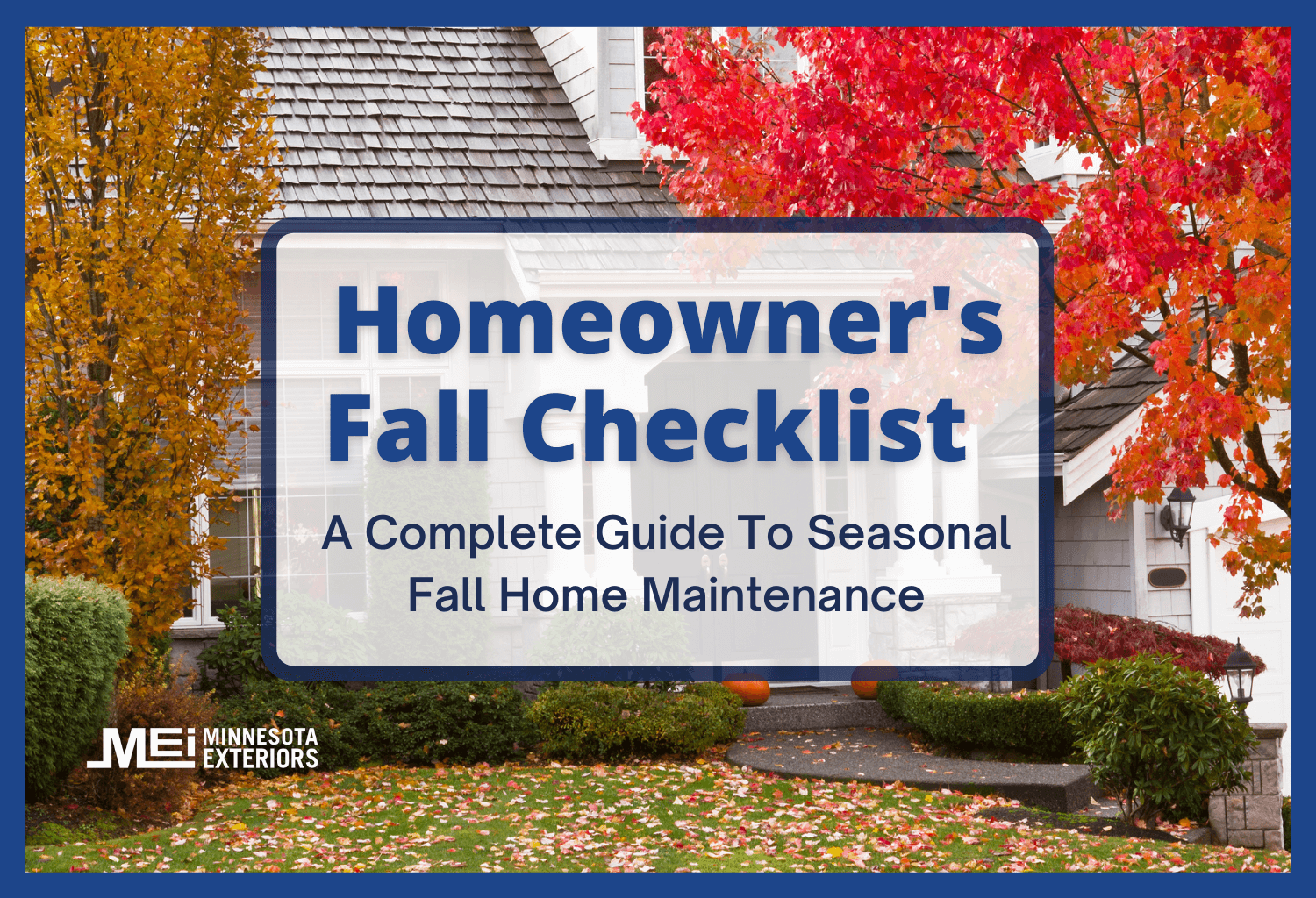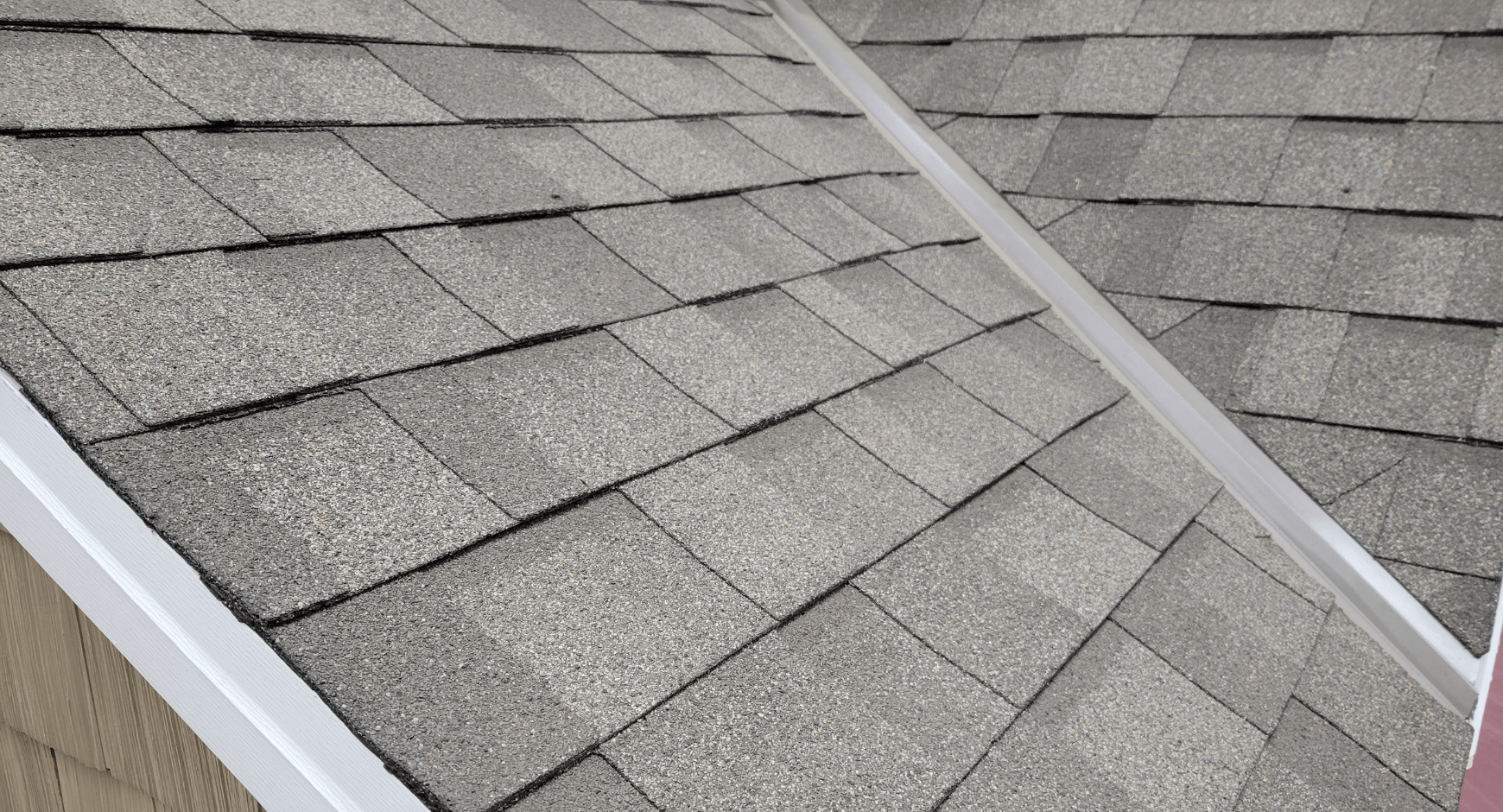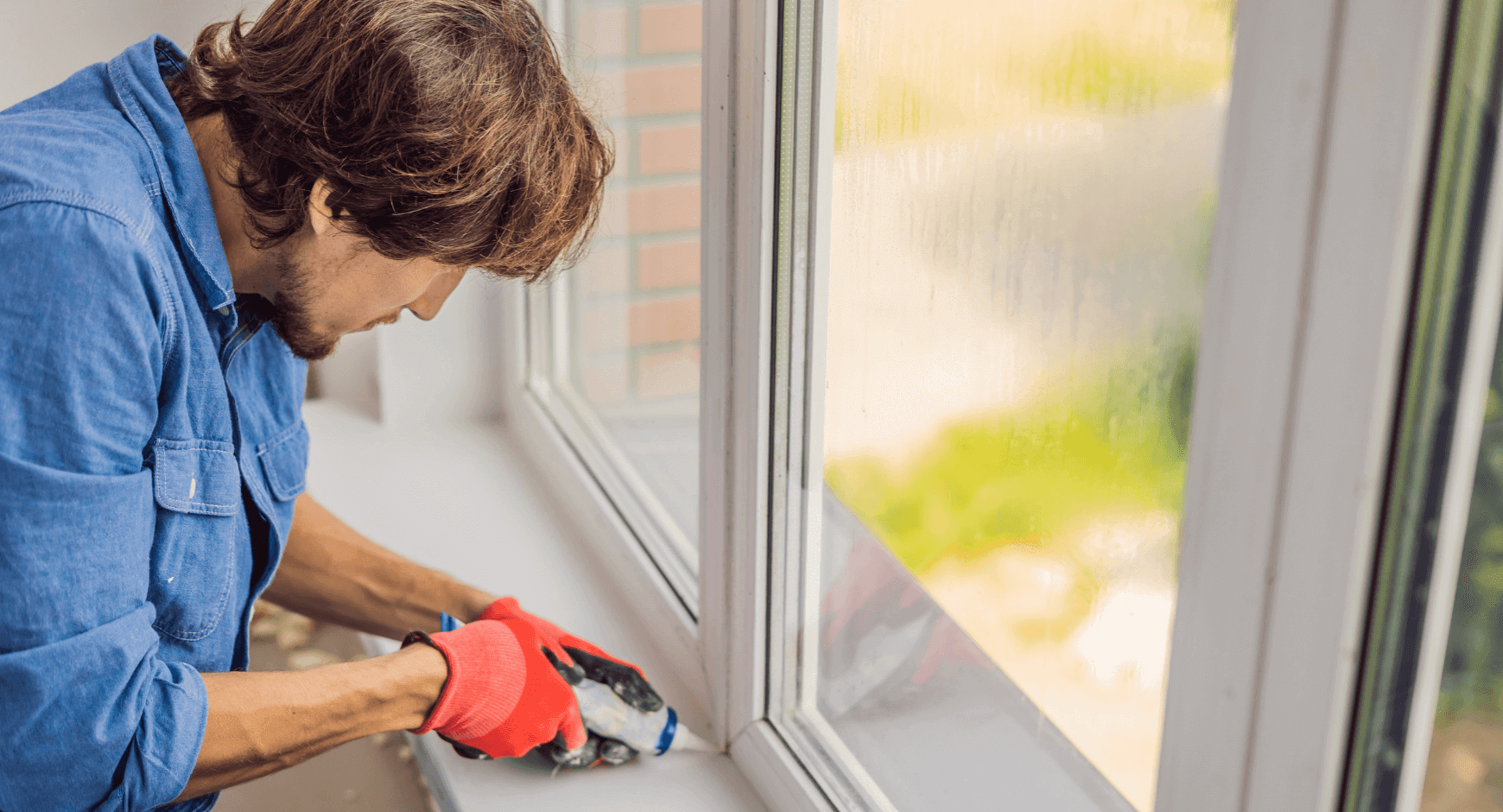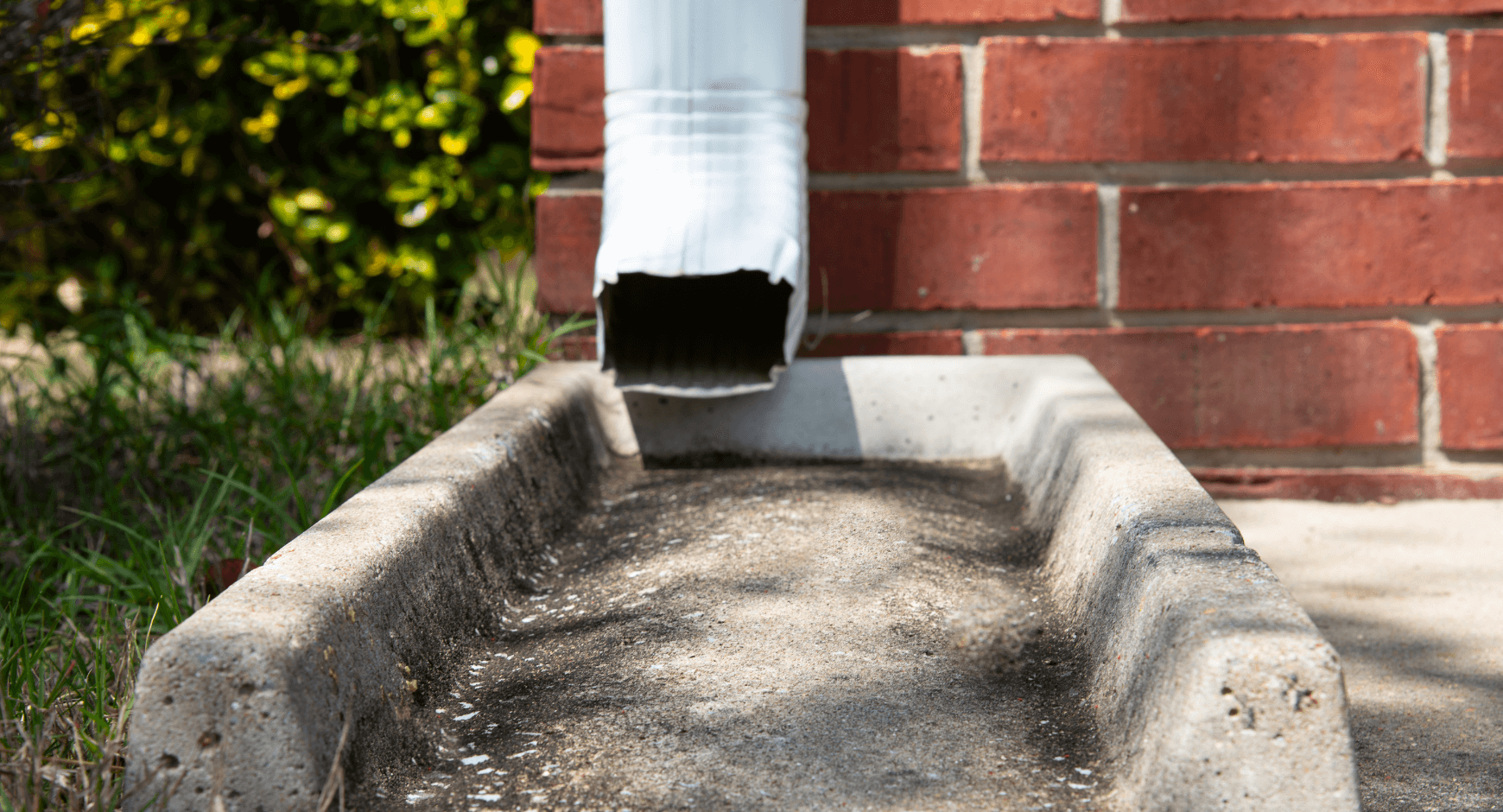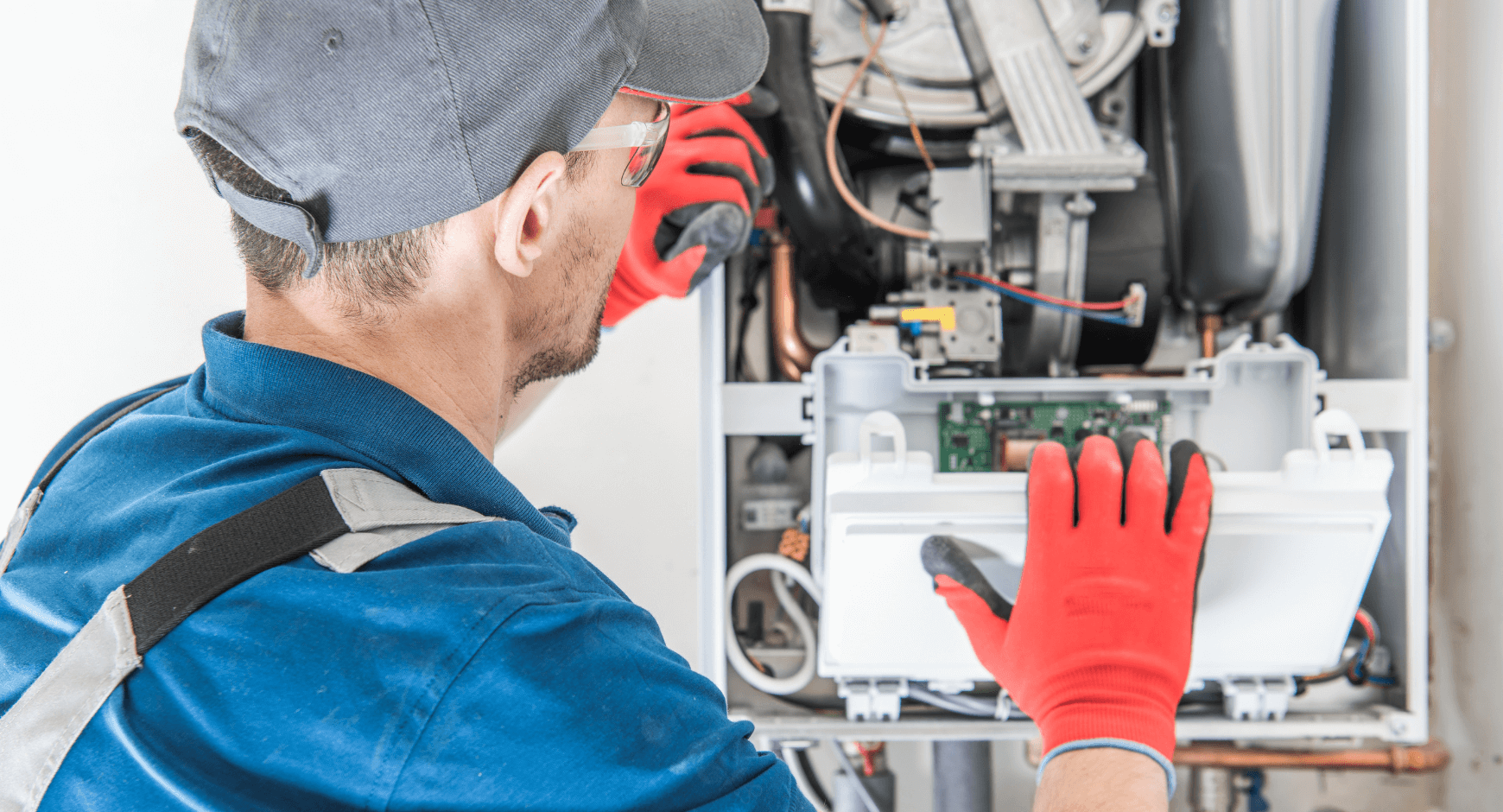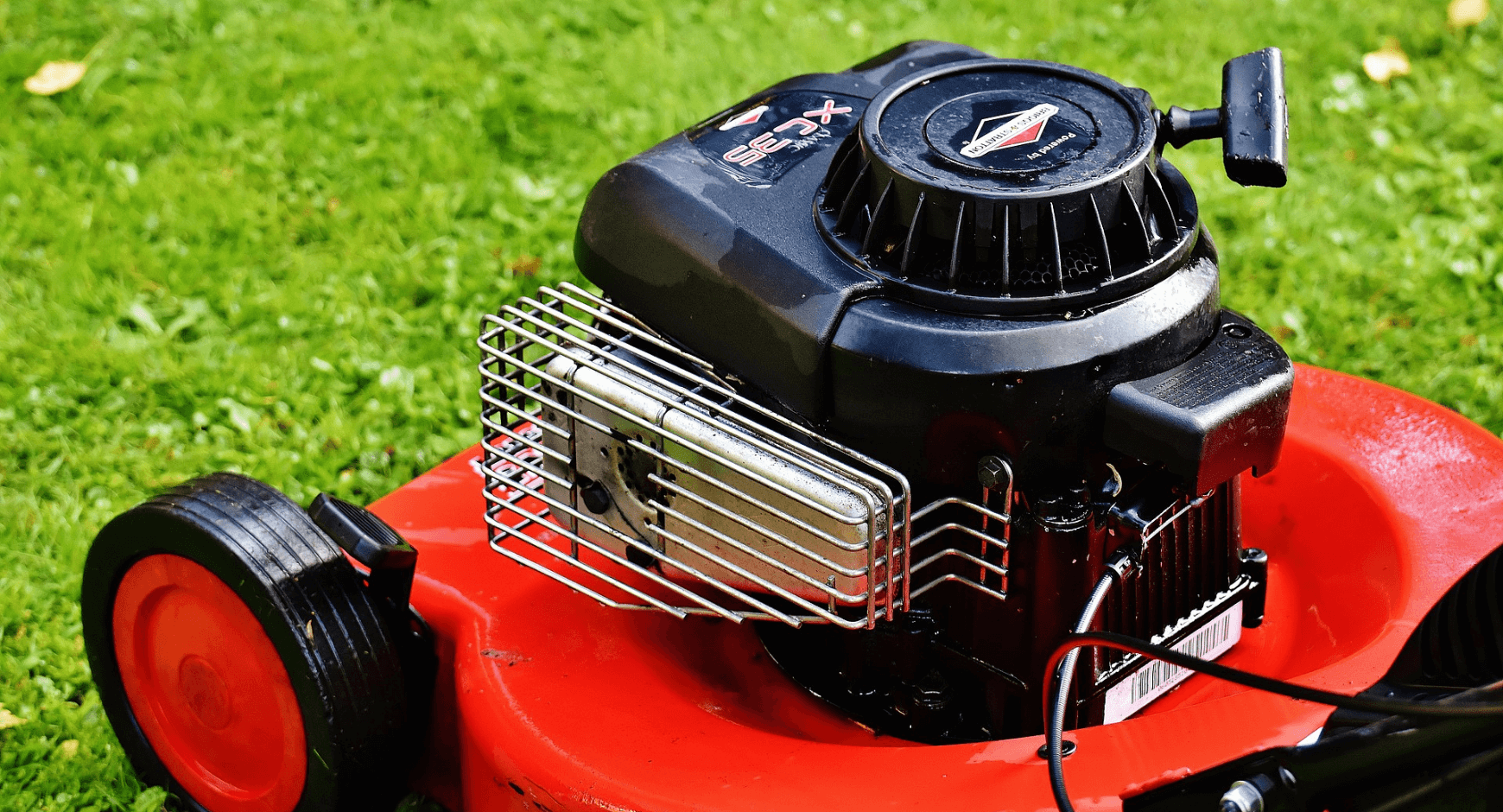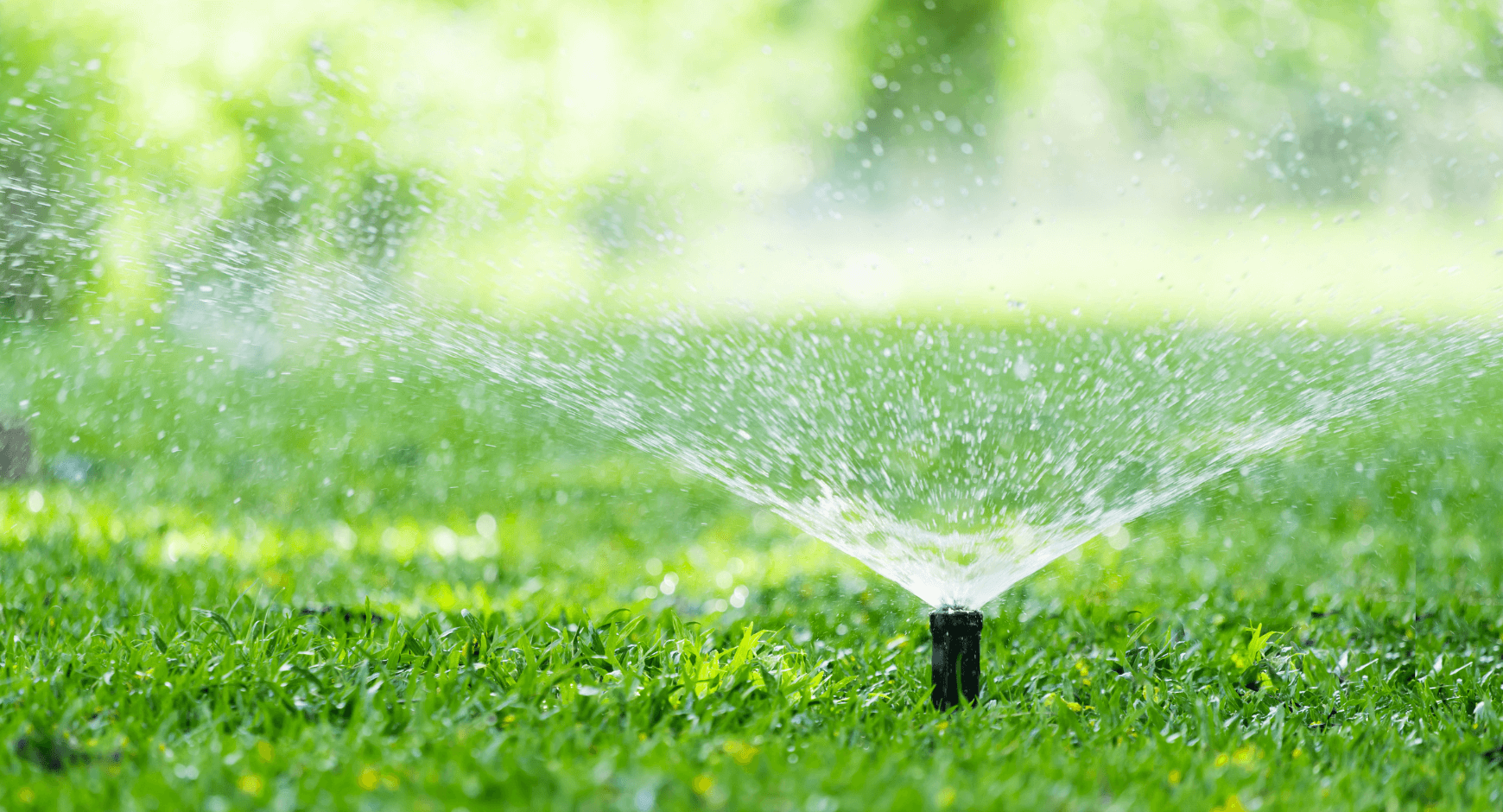Completing the fall checklist is an essential part of being a homeowner. In order to keep your property in good shape, there are a few chores that need to be done before the colder months arrive. Learn which tasks are a must on your home maintenance checklist and why with our guide for homeowners.
Fall is the perfect time to improve your home’s energy efficiency and get things all buttoned up before the cold sets in. A well-rounded checklist for house maintenance will ensure your property is ready for the toughest of winter storms. It’s time to tackle these projects so you can rest easy knowing your home is prepared for whatever mother nature has in store.
If you’re looking for a local, trusted contractor to assist you with fall home maintenance and repair, learn more about our home maintenance and storm damage services.
The Homeowner’s Essential Fall To-Do List
Getting your home and lawn ready for the colder months requires a bit of maintenance and hard work, but it all pays off come spring. From white-out snowstorms to arctic temperatures, there are countless ways the cold could damage your home if you don’t plan for it.
Winter can take a toll on a home’s exterior if you’re not prepared. Simple tasks like cleaning your gutters and draining your sprinkler system can save you time and money. Here is the essential fall maintenance checklist for your home.
1. Inspect Your Roof
Your roof is the first line of defense your home has against the heavy snow and icy winds that are coming. Make sure it’s in the best shape possible with a professional roof inspection from a trusted local contractor like MEI.
It takes a trained eye to spot damage in a shingled roof, and, at the end of the day, a roof inspection can be dangerous if not done using proper safety precautions. Rather than taking on this chore yourself, have a trained professional do it for you. Save yourself the hassle and cross one task off of your maintenance checklist by giving us a call.
Benefits of a Roof Inspection:
- Correct damage before it creates a larger issue
- Get an update on the lifespan of your roof
- Feel safe and secure all winter
2. Patch Holes and Leaks
Keeping up on leaks should be a year-round item on every homeowner’s maintenance checklist. A roof inspection will ensure no leaks are coming from above, but you will still need to check your windows and doorways.
There are a few clear signs your windows and doors might need a little maintenance.. Aside from the obvious water leaks, you’ll want to check to see if you can feel cold air seeping through cracks, and whether or not your windows and doors are opening and closing as smoothly as they should be. It’s best to get these fixed in a timely manner before any moisture gets in and freezes, leaving the possibility of more complications in the spring.
Benefits of Patching Holes and Leaks:
- Save on heating costs
- Keep critters from nesting in your home
- Prevent larger leaks in the spring
3. Clear Out Your Gutters
Fall chores are not complete until all the leaves are off the trees and out of your gutters. Over the years, we’ve collected many tips on keeping your gutters functional, but one of the easiest and most important is to clean them out each fall.
If leaves are left to build up, they can stop the flow of water and create ice dams. This can send water under your shingles and into your home if it isn’t caught in time. Clearing your gutters is an essential task. It could easily be first and last on your home maintenance checklist. If you have trouble reaching or cleaning out your gutters, reach out to the experts at Minnesota Exteriors to get some information on our gutter screens and gutter services.
Benefits of Cleaning Your Gutters:
- Keep water out of your home
- Prevent ice dams
- Avoid costly repairs in the spring
4. Re-Route Water Drainage
The autumn home maintenance checklist takes gutter cleaning one step further by following the water as it drains down to the ground. Once it’s flowing well through the gutters, you’ll want to make sure it’s not stopping and pooling around your house.
Ice build-up at the base of your home can create cracks and leaks in your siding and foundation that you may not see right away under the snowfall. If not caught in time, these areas could become weak spots for further damage to worsen.
It is important to know the areas at risk for storm damage around your home, and how to avoid that damage. By rerouting your water drainage away from your home’s foundation, you’ll be able to keep your siding and basement walls free of cracks for another winter.
Benefits of Re-Rerouting Water:
- Protect your siding
- Avoid cracks in exterior walls
- Prevent further damage from winter storms
5. Schedule a Furnace Check-Up
It’s always a good idea to have your furnace examined by a professional before firing it up for the winter. The furnace check-up is another item on the fall home maintenance checklist that requires minimal work on your part and could save you money on energy bills.
A furnace check-up is typically part of a more comprehensive home energy audit that will guarantee you’re ready for winter weather. The auditor will also check your windows and doors and ask about insulation to make sure you’ve got everything you need.
Benefits of a Furnace Check-Up:
- Keep your home running efficiently
- Eliminate potential fire hazards
- Reduce your need for future maintenance
6. Clean and Store Your Mower
The fall checklist for homeowners comes to a close once all the leaves have fallen and they’ve been raked (or mowed) and bagged. You’ll want to cut the grass short one last time and clean up the lawn, as this prevents dead leaves and long grass from laying on top of the new sprouts come spring.
Having finished your fall house exterior maintenance, it’s time to start cleaning and storing your outdoor equipment so it’s ready for next season. The main task is the mower, but you’ll also want to drain any fuel from your leaf blower and chainsaw before storing them for the winter.
Benefits of Cleaning and Storing a Mower:
- Prevent gas from damaging the engine
- Ensure an easy start come spring
- Expand the lifespan of your mower
How to Clean Your Mower
There are two methods to stow a mower for the winter. You can either run the mower until it’s out of gas or add a gas stabilizer that will keep it from deteriorating all winter.
Once you’ve done either of these, you can turn the mower on its side and clear out all the built-up grass and gunk. If you feel like adding one more task to your fall chores list, you can lubricate the pistons to ensure a quick start in the spring.
How to Lubricate Pistons:
- When the mower is cool, remove the spark plug
- Pour a capful of engine oil into the spark plug hole
- Pull the starter cord a couple times to distribute the oil
- Put the spark plug back in
7. Drain Your Sprinkler System
The next item on your fall maintenance checklist is to gather up any hoses and drain the sprinkler system. Whether they’re above ground or below ground, any sprinkler system can burst in cold weather. It’s best to knock this off the fall checklist before the first frost if you want to avoid issues in the spring.
Benefits of Draining Your Sprinkler System:
- Prevent buried pipes from bursting
- Keep sprinkler heads from cracking
- Get an early start on your lawn in the spring
How to Drain Your Sprinkler System
Depending on the type of sprinkler system you have, it could be a quick four-step process. If your system doesn’t have drain valves, however, you’ll want to hire a professional to blow out your lines with compressed air. The cost of having this done is far less expensive than the cost of replacing your busted lines and sprinkler heads.
How to Drain a Sprinkler System:
- Turn off the water to the system at the main valve
- Shut down the automatic controller
- Open the drain valves to let water out of the system
- Remove any above ground sprinkler heads, shake out the water, and replace them
Get Your Home Ready for Winter With the Experts at MEI
Preparing your home for winter takes a little more time than some routine house maintenance, but it is completely worth it in the end.. We hope that this homeowner checklist has pointed you in the right direction for a worry-free winter and a happy spring.
If you have any questions about your home’s exterior, call our team of experts at MEI; we can talk to you about our services and financing options.
